- August 2, 2023
Is My Cat Teething? 10 Vet Approved Signs to Look For
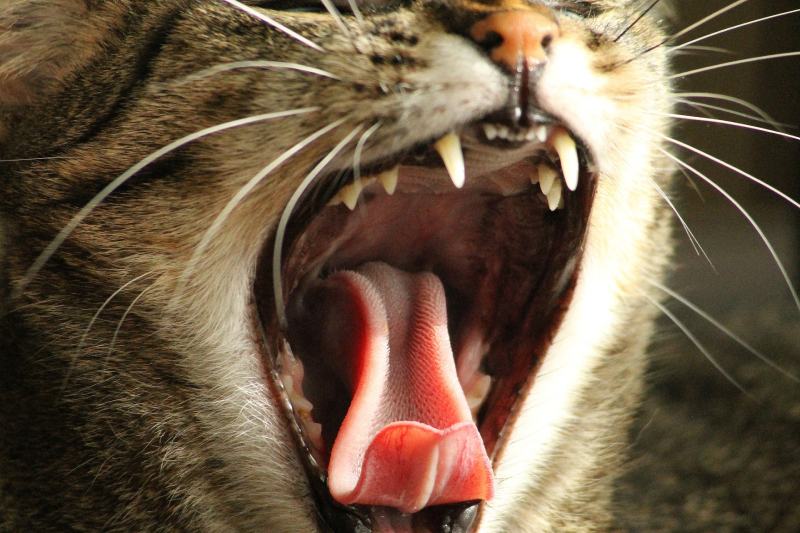
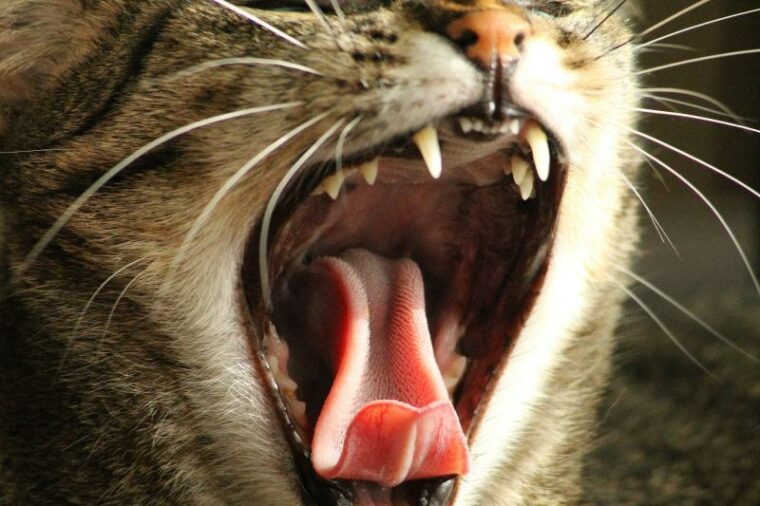

The information is current and up-to-date in accordance with the latest veterinarian research.
Is your adorable feline friend showing some peculiar behavior lately? Are you wondering if your kitten might be going through the teething phase? Just like human babies, kittens also experience teething, and it can be both fascinating and challenging to witness.
As responsible cat owners, it’s important that we be aware of the signs of teething. Here, we look at 10 signs that indicate your furry companion may be teething. So, let’s jump right in and unravel the mysteries of your cat’s dental development!

Cat Teething Explained
To understand the teething process1, it’s essential to have a basic understanding of feline dental development. Cats possess two sets of teeth throughout their lives: their primary (baby) teeth and their permanent (adult) teeth. Kittens are born without teeth, but they quickly develop their baby teeth, also known as deciduous teeth. These start appearing around 3 weeks of age and marks the first stage of teething.
Around the age of 3 to 4 months, kittens begin losing their baby teeth to make way for the stronger and larger permanent teeth. This second teething phase is the transitional period when both sets of teeth coexist, and it’s during this time that you might notice certain signs indicating your cat is teething.
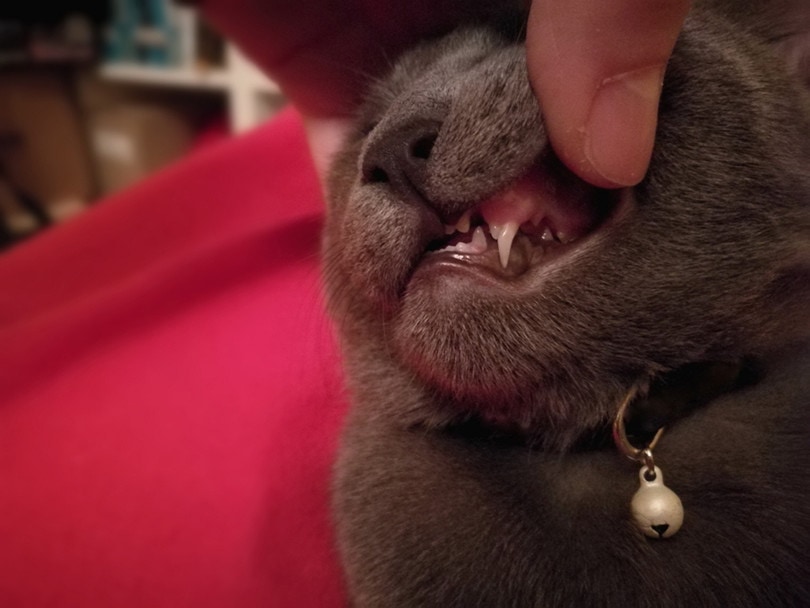
When Do Cats Start to Teeth?
Cat teething generally occurs between the ages of 3 to 6 months, although individual cats may experience slightly different timing. This period is critical for their dental development, as it sets the stage for their oral health throughout their lives. During this time, it’s crucial to be attentive to any signs that suggest your cat is teething, ensuring you can provide the necessary support and care.
The 10 Signs That Your Cat Is Teething
1. Increased Desire to Chew
If you notice your cat nibbling or chewing on objects more frequently, such as toys, furniture, material or even your fingers, it’s likely a sign of teething. Chewing helps alleviate the discomfort caused by the emerging teeth.
2. Difficulty Eating
Teething can make eating a bit challenging for your cat. If you observe them struggling to chew or showing reluctance to eat hard food, it could be an indication of sore gums. You might notice that your cat is eating or chewing more slowly than usual, or even exhibiting a decrease in appetite overall.

3. Bad Breath
While a slight odor is normal, your cat’s breath can become unusually foul during the teething phase. This is a result of bacteria buildup or inflammation in their mouth. Regular dental care is essential during this time to maintain oral hygiene.
4. Drooling
Drooling is a common occurrence during teething. If you notice wet patches on your cat’s fur or find them drooling more than usual, it could be related to their teething process.
5. Signs of Pain and Discomfort
Unfortunately, teething can cause discomfort for your feline friend. If they appear more restless, seem to be in pain, or exhibit changes in behavior such as increased aggression or hiding, it could be due to teething discomfort.
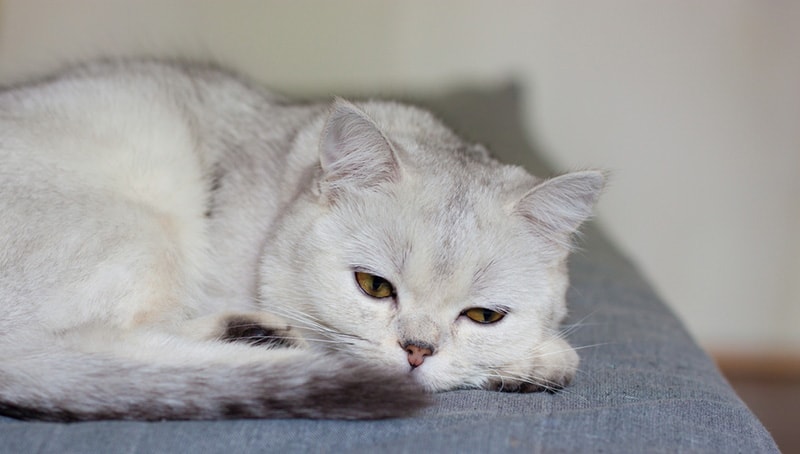
6. Swollen or Bleeding Gums
Take a moment to examine your cat’s gums. If you notice redness, swelling, or even slight bleeding, it’s a clear sign that their gums are undergoing changes associated with teething. Monitor the situation closely and consult a veterinarian if the bleeding is excessive.
7. Irritability and Crankiness
Because of the discomfort, teething can make your cat more irritable and crankier than usual. They might display increased sensitivity to touch or become easily agitated. Be patient and understanding during this phase, providing them with a calm and comforting environment.
8. Increased Vocalizations
Teething discomfort may lead to more frequent vocalizations from your cat. They might meow or cry more often as a means of expressing their discomfort. Shower them with extra love and attention to help soothe their unease.

9. Missing or Loose Teeth
Keep an eye out for tiny teeth around your home or any loose teeth in your cat’s mouth. Kittens lose their baby teeth during teething, and finding these teeth is an unmistakable sign that your cat is going through the teething process.
10. Pawing at the Mouth
Your cat may paw at their mouth or face in an attempt to alleviate discomfort. They might rub their paws against their gums or scratch at their face. This behavior indicates their discomfort and need for relief.

How to Help Your Cat That Is Teething
During your cat’s teething phase, it is important to provide them with proper care and support to alleviate their discomfort and calm them down. Here are some ways to help your teething feline companion:
Offer Appropriate Chew Toys
Provide your cat with suitable chew toys specifically designed for teething kittens. These toys can help satisfy their chewing instincts and provide relief to their sore gums.
Use Wet or Soft Food
If your cat is experiencing difficulty eating dry food, consider switching to wet or softened food. This adjustment can make mealtime easier and more comfortable for them.
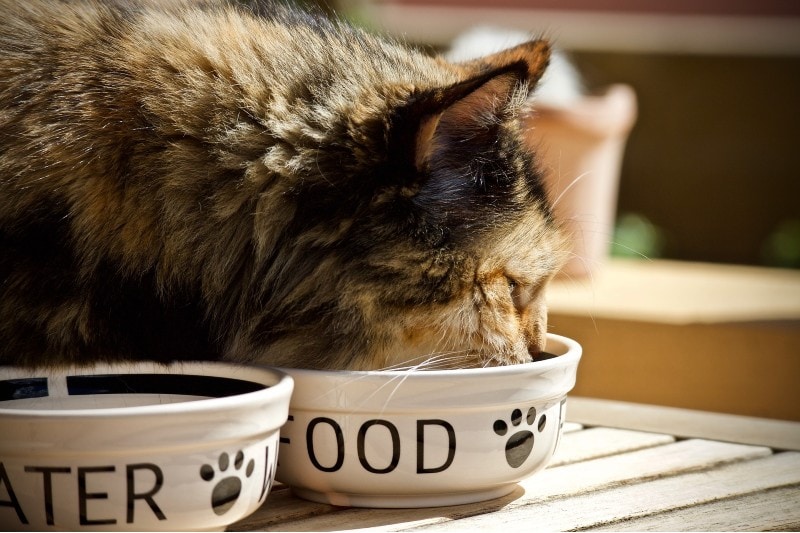
Provide Cold Treats
Offering cold treats like chilled cucumber slices or frozen cat treats can help soothe your cat’s inflamed gums. Just make sure the treats are safe for feline consumption.
Regular Grooming
During teething, it’s essential to maintain your cat’s grooming routine. Regular brushing will help remove any loose baby teeth or debris that may accumulate in their mouth.
Regular Dental Consults
In addition to home care, regular veterinary dental check-ups are important for your cat’s oral health. Your veterinarian can monitor your cat’s teething progress, perform dental cleanings, and address any dental issues that may arise.

Conclusion
Teething is a natural process in kittens that can sometimes present challenges for both cats and their owners. By recognizing the signs of teething and providing appropriate care, you can help alleviate your cat’s discomfort and ensure they have a healthy transition to their adult teeth.
Be aware that many of the signs listed above can have other causes such as mouth ulcers caused by viruses and mouth injuries. If you have any concerns contact your veterinarian for an appointment. If an older cat is showing these signs they should also be seen by a veterinarian.
Remember to be patient, offer plenty of love and attention, and consult your veterinarian if you have any concerns. Before you know it, your furry friend will have a full set of strong and healthy teeth, ready for a lifetime of playful adventures!
Featured Image Credit: vargazs, Pixabay
Tags
What do you think?
Related Articles

New Puppy Checklist: Gear You’ll Need for Your New Dog
Getting a new puppy is really exciting, but before you welcome them home, it’s important to prepare your space for them. Since puppies need a

How Big Do Mini Poodles Get? Vet Reviewed Average Weight & Growth Chart – Dogster
The information is current and up-to-date in accordance with the latest veterinarian research. Learn more » When you buy a Miniature Poodle, you might not

Can Police Dogs Smell Nicotine? Vet Verified Facts & Info – Dogster
The information is current and up-to-date in accordance with the latest veterinarian research. Learn more » While cigarette sales have been declining steadily for decades,

How Old Is 5 in Dog Years? Vet-Approved Guide to Each Size of Dog – Dogster
The information is current and up-to-date in accordance with the latest veterinarian research. Learn more » A common method for calculating a dog’s age is

